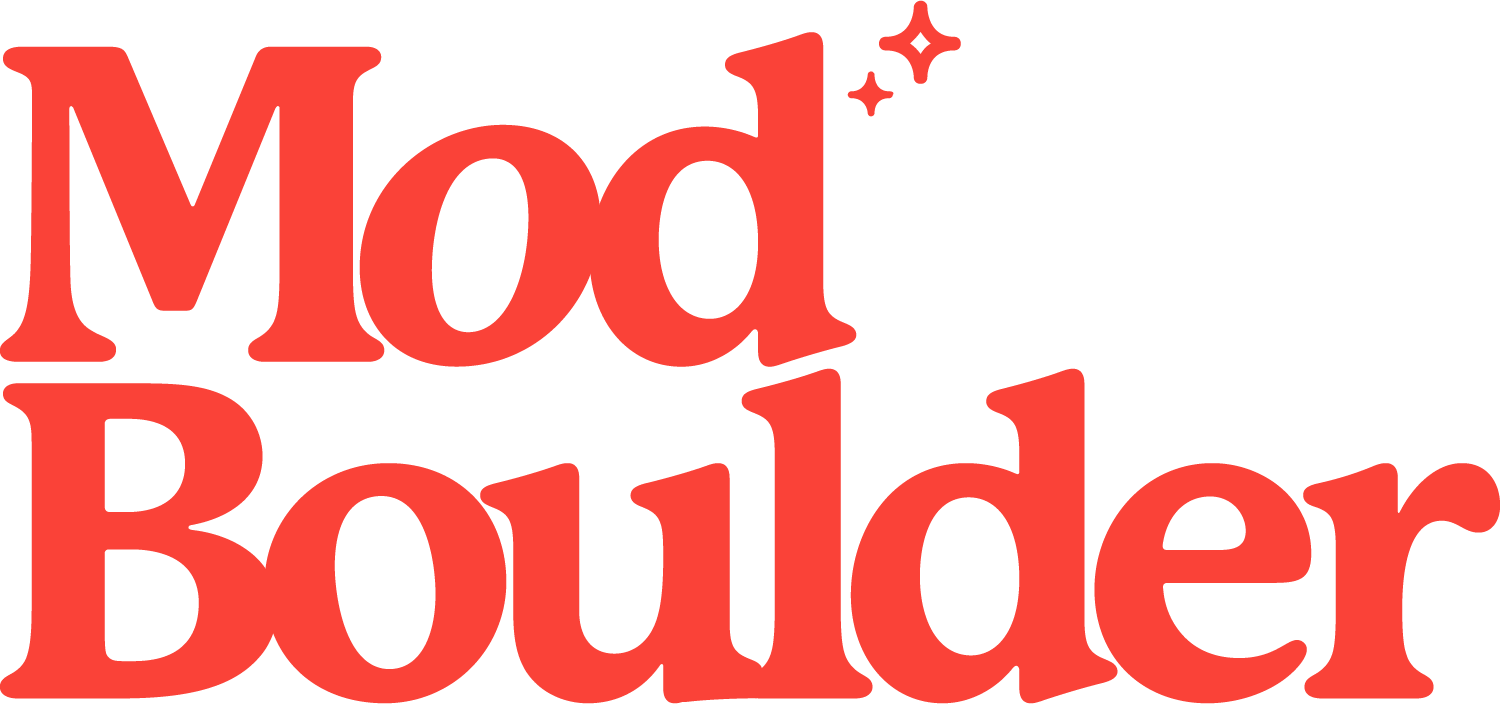The Long and Winding Road
Drive any suburban street in America and you're likely to notice the gentle curves and sweeping arcs that define the shape of the roads. While you'll find the traditional grid pattern of streets and avenues in most downtown areas, curvy roads are ubiquitous with the suburbs. Why? The answer can be found in the post-Industrial Revolution era.
The straight streets that form a grid pattern are attributed to the Romans. In their conquests, they preferred to march directly from point A to point B. Centuries later, Napoleon heeded the same approach; as his army marched from one spot to another, if something got in the way, he would level the structure to continue the path of his road.
When the Industrial Revolution left its mark on both manufacturing processes and the economy, new city streets were constructed at right angles and in rectangle formations. This grid network was not only efficient and easier to build, it also promoted walkability.
However, post-Industrial Revolution big cities were dangerous places with terrible living conditions, which prompted the concept of living in the country and working in the city. This lifestyle offered the best of both words and the development of mass transportation supported it; streetcars allowed workers to spend their working hours in the city and their leisure time in the bucolic surroundings.
With the advent of Henry Ford’s Model T, the suburbs continued to thrive. The biggest suburban boom came in 1945 after the end of World War II, when millions of GIs returned home with housing benefits and the suburbs became the place to live for U.S. families.
With people leaving the city to return to nature and to provide a safe environment for their children, it was only natural for the topography follow suit. The typical suburban street network spurned the city's rigid grid design in favor of wide roads with sweeping curves. This design element was intended to make the neighborhoods appear closer to nature, accentuating the idea of living in the country.
Around this time, another feature of the suburbs gained traction nationwide: the cul-de-sac. French for “bag-bottom”, a cul-de-sac in the U.S. refers to a street with no throughway and a circular end. Fun side note: in Australia and Canada, they're commonly known as a court.
Post-World War II subdivisions made ample use of the cul-de-sac. In the typical subdivision topography, there are one or several central roads with many cul-de-sac streets branching off. Since the 1960s, the pattern has been the dominant road network of suburbs.
The use of cul-de-sacs not only fits more houses onto irregular-sized lots, but it also has a domino effect on the safety, security, and desirability of the neighborhood. A cul-de-sac reduces the amount of traffic in a subdivision, which reduces the noise- and air-pollution, as well as the frequency of accidents. In turn, this decrease in traffic is correlated with a lower crime rate and an increase in neighborhood desirability. Talk about a win-win!
Since the 1990s, the roundabout, also known as the traffic circle, has found its way to American suburban streets. Standardized in the UK in 1966, modern roundabouts emerged stateside in the 1990s. Much like in the UK, roundabouts were initially met with public resistance and confusion (Clark Griswold, I'm looking at you).
These days, the modern roundabout is generally an accepted mainstay in most suburban neighborhoods, designed to improve safety and regulate traffic entering the junction. Low speeds are required in order to enter the roundabout safely, and roads typically connect to the junction radially at evenly spaced intervals. Acceptance and familiarity aside, there are still the few stray drivers who prefer to make up their own rules when navigating a roundabout.
Roads have existed since the beginning of human civilization, from stone-paved streets in modern-day Iraq to wooden roads in the swamps of modern-day England. And just like civilization, our road designs have changed over time to accommodate the evolution of how people move. Next time you're cruising down a gently curved suburban road, think of the incredible history behind its pleasantly winding shape.

